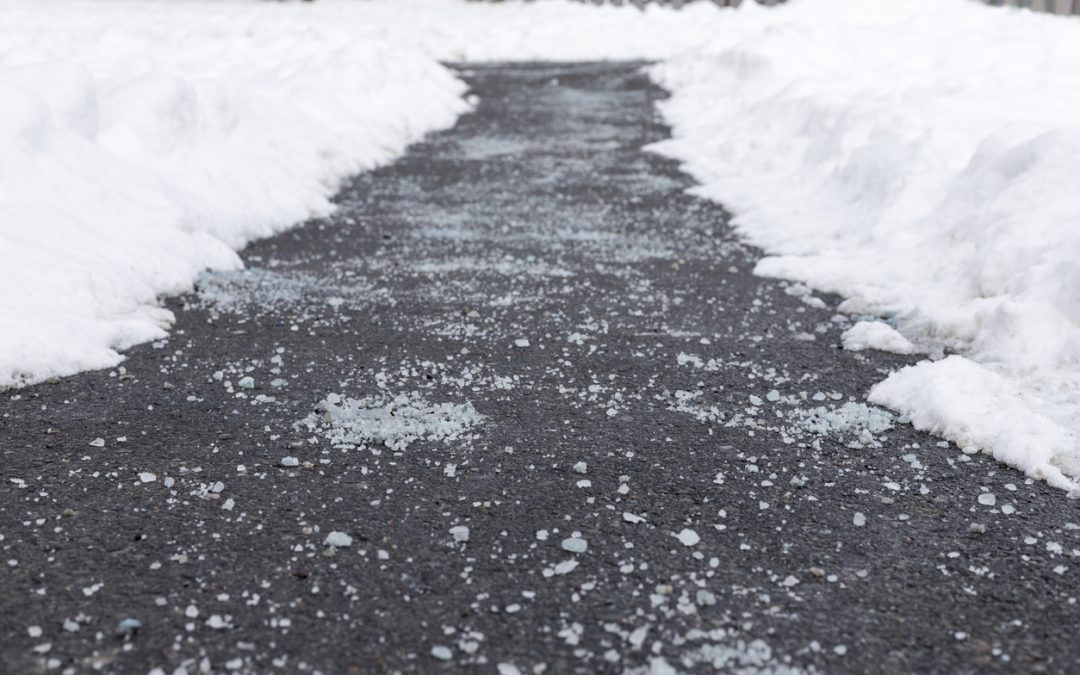Winter brings its own set of challenges, especially when it comes to maintaining your property. One significant concern during the colder months is the accumulation of ice on walkways and sidewalks. As a homeowner, it’s essential to be aware of your liability when it comes to icy surfaces on your property. In this blog post, we will explore the responsibilities and potential liabilities associated with iced walkways and sidewalks on your property.
- Recognizing the Risks: Icy walkways and sidewalks can pose a considerable hazard to anyone who visits your property, including family, friends, mail carriers, or delivery personnel. Slip and fall accidents on icy surfaces can result in injuries that range from minor bruises to more severe fractures, and in some cases, they can lead to costly legal consequences.
- Homeowner’s Liability: As a homeowner, you have a legal responsibility to maintain a reasonably safe environment on your property. This includes ensuring that walkways and sidewalks are safe to use. If someone were to slip and fall on your icy walkway, you could potentially be held liable for their injuries.
- Prevention and Maintenance: To minimize your liability and create a safer environment, consider these steps:a. Snow and Ice Removal: Regularly remove snow and ice from your walkways and sidewalks. Shoveling and applying ice melt or salt can help prevent ice buildup.b. Adequate Lighting: Ensure proper lighting along walkways and sidewalks to help visitors see potential hazards.c. Warning Signs: In some cases, posting warning signs about icy conditions can help protect you from liability.
- Homeowner’s Insurance: Having a comprehensive homeowner’s insurance policy is essential. It can provide coverage in case of slip and fall accidents on your property, including those caused by icy conditions. Consult your insurance agent to make sure your policy adequately covers such incidents.
- Consult Legal Advice: In complex cases, it may be necessary to consult legal advice to understand your specific liability and responsibilities. An attorney can provide guidance on how to protect your interests and navigate any legal challenges.
- Be Proactive: The best approach to liability for iced walkways and sidewalks is to be proactive in preventing accidents. Regularly maintain your property, communicate with visitors about potential hazards, and consult experts when needed.
Icy walkways and sidewalks on your property can lead to accidents and potential liability. As a responsible homeowner, it’s your duty to ensure the safety of those who visit your property. By taking preventative measures, maintaining your property, and having suitable insurance coverage, you can reduce the risk of liability and provide a safer environment for everyone during the winter months. Remember, safety should always be a top priority.

